Understanding Damaging Winds Associated With Fast-Moving Storms
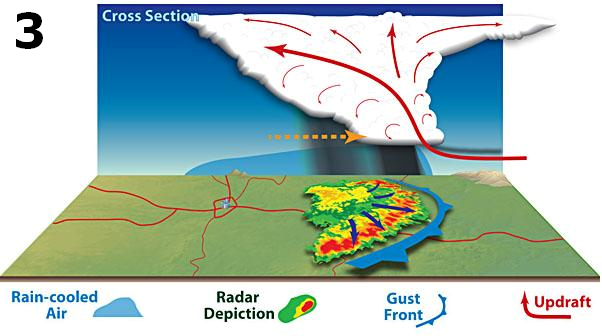
Table of Contents
Understanding Wind Speed and Damage Potential
The Saffir-Simpson Hurricane Wind Scale (and its limitations for other fast-moving storms)
The Saffir-Simpson Hurricane Wind Scale is widely known for categorizing hurricanes based on wind speed. However, its application to other fast-moving storms is limited. While wind speed is a primary indicator of damage potential, the scale doesn't account for factors crucial in other high-wind events.
- Wind speed categories: Category 1 (74-95 mph), Category 2 (96-110 mph), Category 3 (111-129 mph), Category 4 (130-156 mph), Category 5 (157 mph and above). Each category corresponds to increasing levels of potential damage.
- Associated damage levels: Range from minimal damage in Category 1 to catastrophic destruction in Category 5 for hurricanes. However, this direct correlation isn't always consistent in other storm types.
- Limitations of applying the scale to non-hurricane events: The scale primarily focuses on sustained wind speeds over a period of time, which may not accurately reflect the intense, shorter bursts of wind seen in derechos or downbursts.
Factors Affecting Wind Damage
Wind speed is only one piece of the puzzle. Other factors significantly influence the extent of damage caused by fast-moving storms:
- Building construction: Older, poorly constructed buildings are more vulnerable to wind damage than modern, well-built structures.
- Tree density: Densely wooded areas experience more significant damage from falling trees and debris.
- Terrain: Hillside locations and areas with uneven terrain can amplify wind speeds, increasing the risk of damage.
- Duration of high winds: Even relatively low wind speeds sustained over a long period can cause significant damage.
Different Types of High-Wind Events
Several types of fast-moving storms produce damaging winds:
- Derechos: Widespread, long-lived wind storms associated with a band of rapidly moving thunderstorms.
- Downbursts: Sudden, localized downdrafts of air that can produce incredibly strong winds near the ground.
- Tornadoes: Intense, rotating columns of air extending from a thunderstorm to the ground, characterized by extremely high wind speeds and destructive power.
- Severe thunderstorms: Thunderstorms capable of producing damaging winds, large hail, and flash flooding.
- Squall lines: Linear bands of thunderstorms that can produce widespread damaging winds and heavy rain.
Predicting and Monitoring Damaging Winds
The Role of Weather Forecasting and Technology
Meteorologists use advanced technology to predict high-wind events:
- Doppler radar: Detects the location, movement, and intensity of precipitation and wind within storms.
- Weather satellites: Provide a broader view of weather systems, tracking their development and movement.
- Numerical weather prediction models: Complex computer models that simulate atmospheric conditions to forecast future weather.
- Warning systems: Disseminate warnings and advisories to the public to alert them to impending dangerous weather.
Interpreting Weather Warnings and Advisories
Understanding weather warnings is vital:
- Watches: Indicate that conditions are favorable for the development of severe weather.
- Warnings: Mean that severe weather is imminent or occurring.
- Advisories: Suggest that less severe but still hazardous conditions are occurring or expected. Take appropriate actions based on the warning level.
Utilizing Real-Time Weather Data
Stay informed using reliable sources:
- National Weather Service websites: Provide up-to-date weather information, forecasts, and warnings.
- Weather apps: Offer convenient access to real-time weather data and alerts.
- Local news: Provide local weather updates and reports on ongoing severe weather events.
Mitigation and Safety Measures for Damaging Winds
Preparing Your Home for High Winds
Protect your property by taking proactive steps:
- Securing loose objects: Bring in anything that could be blown around, like furniture, trash cans, and decorations.
- Trimming trees: Remove dead or weak branches that could fall during a storm.
- Reinforcing structures: Check for loose roof tiles, shutters, and any other structural weaknesses.
- Creating emergency plans: Develop a plan that outlines evacuation routes, communication strategies, and meeting points.
Staying Safe During a High-Wind Event
Prioritize safety during a storm:
- Seeking shelter indoors: Move to a sturdy interior room, away from windows and doors.
- Avoiding windows: Stay away from windows to avoid injury from flying debris.
- Staying away from power lines: Downed power lines are extremely dangerous; avoid contact.
- Emergency communication: Have a plan for communicating with family and friends in case of power outages.
Post-Storm Safety and Damage Assessment
After the storm:
- Checking for damage: Inspect your property for structural damage, downed power lines, and other hazards.
- Reporting downed power lines: Contact your local utility company immediately.
- Contacting insurance: Document damage with photos and videos and contact your insurance company.
- Securing your property: Board up broken windows, cover damaged areas, and protect your property from further damage.
Conclusion
Understanding damaging winds associated with fast-moving storms is paramount for safety and preparedness. By comprehending the different types of storms, interpreting weather warnings, and taking preventative measures, you can significantly reduce the risks associated with severe weather impacts. Remember, early preparation is key to minimizing storm damage and ensuring the safety of your family and community. Learn more about local weather forecasts, create a family emergency plan addressing damaging winds and high-wind events, and take proactive steps for storm damage mitigation. Visit the National Weather Service website ([link to NWS website]) for more information on severe weather preparedness.

Featured Posts
-
 Investigating D Wave Quantum Qbts S Stock Price Surge A Comprehensive Overview
May 20, 2025
Investigating D Wave Quantum Qbts S Stock Price Surge A Comprehensive Overview
May 20, 2025 -
 White House Cocaine Incident Secret Service Concludes Inquiry
May 20, 2025
White House Cocaine Incident Secret Service Concludes Inquiry
May 20, 2025 -
 Understanding Damaging Winds Associated With Fast Moving Storms
May 20, 2025
Understanding Damaging Winds Associated With Fast Moving Storms
May 20, 2025 -
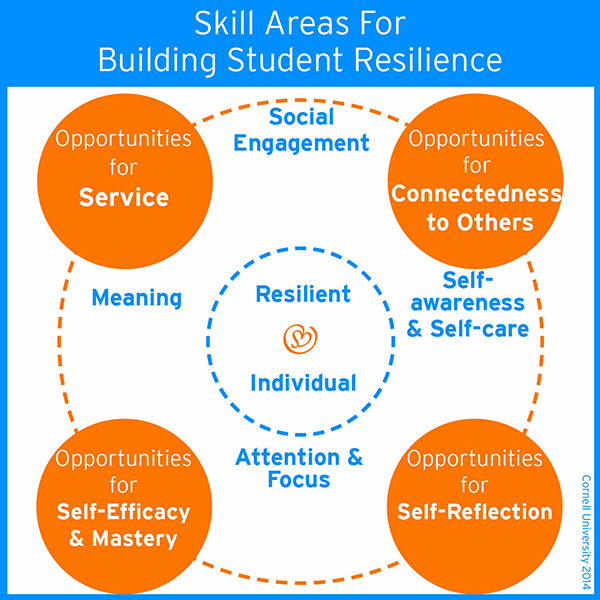 Boosting Resilience Strategies For Positive Mental Health
May 20, 2025
Boosting Resilience Strategies For Positive Mental Health
May 20, 2025 -
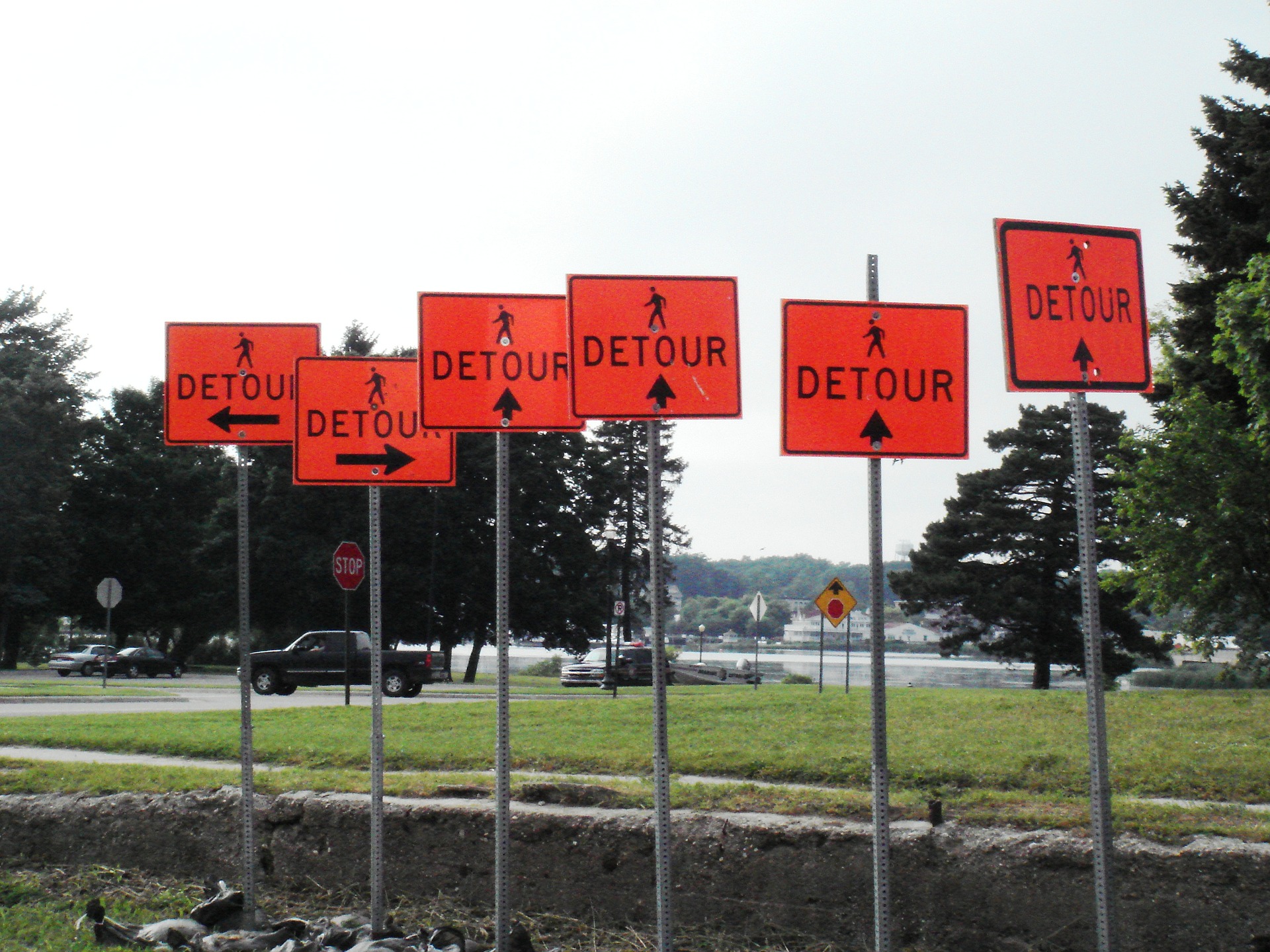 Nouvelles Restrictions De Circulation Pour Les Deux Et Trois Roues Sur Le Boulevard Fhb
May 20, 2025
Nouvelles Restrictions De Circulation Pour Les Deux Et Trois Roues Sur Le Boulevard Fhb
May 20, 2025
Latest Posts
-
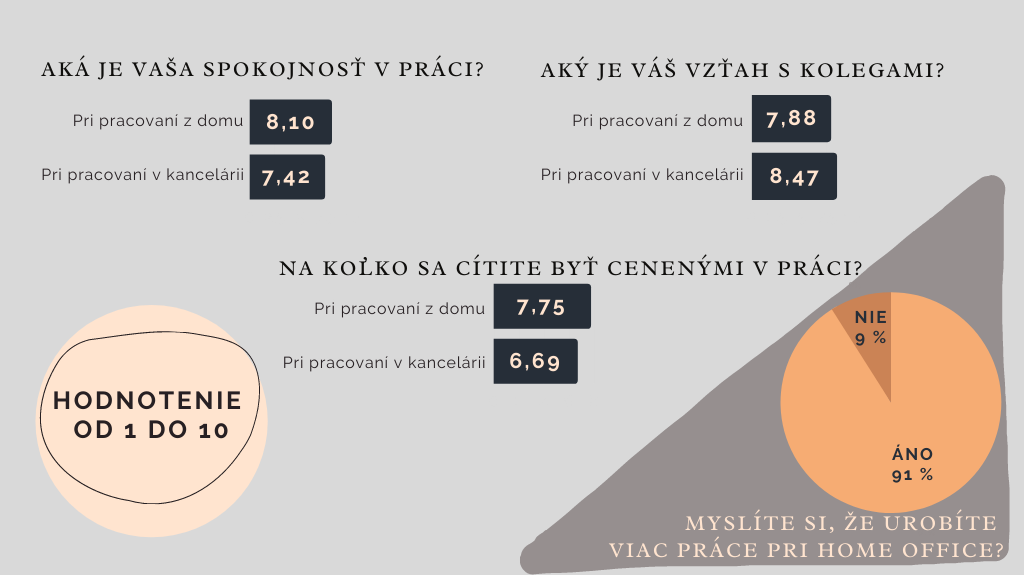 Preco 79 Manazerov Preferuje Osobny Kontakt Home Office Vs Klasicka Kancelaria
May 20, 2025
Preco 79 Manazerov Preferuje Osobny Kontakt Home Office Vs Klasicka Kancelaria
May 20, 2025 -
 Understanding The Billionaire Boy Phenomenon Wealth Influence And Legacy
May 20, 2025
Understanding The Billionaire Boy Phenomenon Wealth Influence And Legacy
May 20, 2025 -
 The Old North State Report A Recap Of May 9 2025
May 20, 2025
The Old North State Report A Recap Of May 9 2025
May 20, 2025 -
 The Billionaire Boys Guide To Success Lessons From The Top 1
May 20, 2025
The Billionaire Boys Guide To Success Lessons From The Top 1
May 20, 2025 -
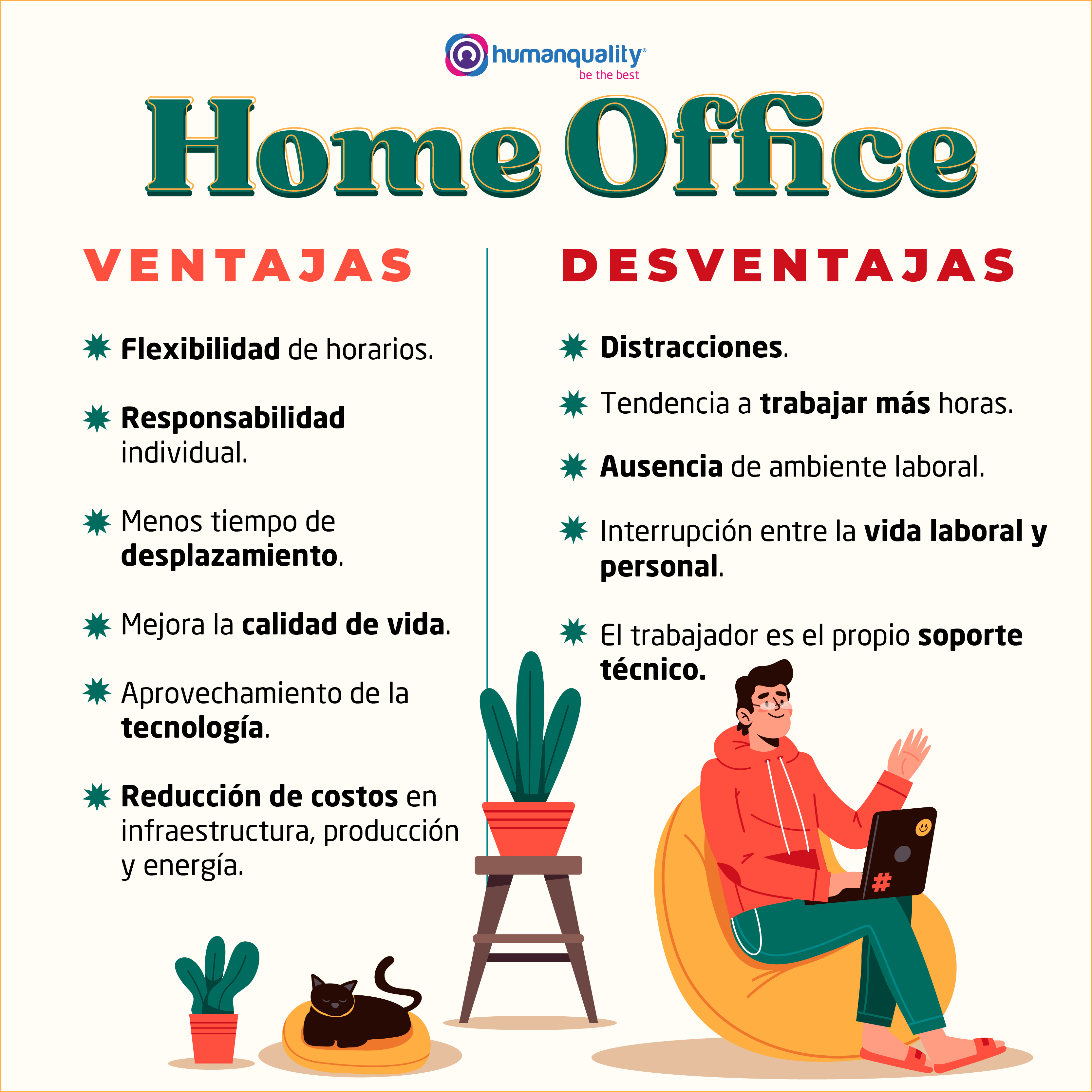 79 Manazerov Uprednostnuje Osobny Kontakt Home Office Vs Tradicna Kancelaria
May 20, 2025
79 Manazerov Uprednostnuje Osobny Kontakt Home Office Vs Tradicna Kancelaria
May 20, 2025
